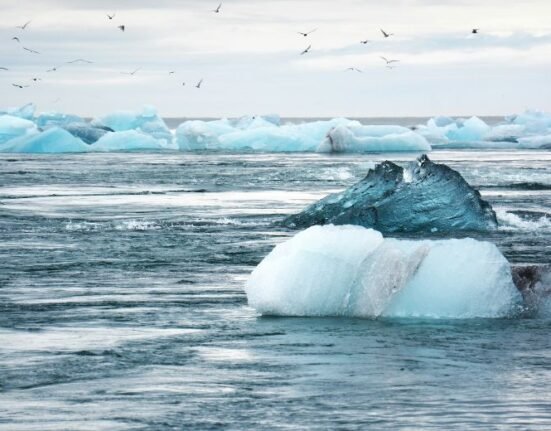HQ Team
July 9, 2024: June was the hottest month since the records began and the thirteenth month in a row to set a monthly temperature record, according to the European Union’s Copernicus Climate Change Service.
During June, the average global temperature has been above or equal to the 1.5°C threshold — the designated pre-industrial reference period of 1850-1900.
The global-average temperature for the past 12-month period (July 2023 – June 2024) is 1.64°C above the pre-industrial average, according to the ERA5 dataset.
The sea surface temperature average for June 2024 was 20.85°C — the highest value on record for the month.
This is the fifteenth month in a row that the sea surface temperature has been the warmest in the ERA5 data record for the respective month of the year.
1.5-degree Centigrade target
“These latest figures from the Copernicus Climate Change Service unfortunately highlight that we will be exceeding the 1.5°C level temporarily (and) with increasing frequency, monthly,” said aid WMO Secretary-General Celeste Saulo.
“However, it is important to stress that temporary breaches do not mean that the 1.5 °C goal is permanently lost because this refers to long-term warming over at least two decades.”
Under the Paris Agreement, countries agreed to keep long-term global average surface temperature well below 2°C above pre-industrial levels and pursue efforts to limit it to 1.5°C by the end of this century.
The scientific community has repeatedly warned that warming of more than 1.5°C risks unleashing far more severe climate change impacts and extreme weather and every fraction of a degree of warming matters.
Every 0.1 degree Celsius increase causes “clearly discernible increases in the intensity and frequency of temperature and precipitation extremes, as well as agricultural and ecological droughts in some regions,” according to WMO, the UN weather agency.
Ocean heating
Even at current levels of global warming, there are already devastating climate impacts. These include more extreme heatwaves, extreme rainfall events and droughts; reductions in ice sheets, sea ice, and glaciers; accelerating sea level rise and ocean heating.
Extreme heat causes the greatest mortality rate of all extreme weather, with about 489,000 heat-related deaths a year between 2000 and 2019, according to a 2023 report by the World Meteorological Organization.
Arctic sea ice extent was 3% below average, close to the values observed in most years since 2010. It was 12% below average, the second-lowest extent for June in the satellite data record, behind the lowest June value of -16% observed in 2023.
Sea ice extent is the area of ice that covers the Arctic Ocean at a given time. Sea ice plays an important role in reflecting sunlight into space, regulating ocean and air temperature, circulating ocean water, and maintaining animal habitats.
Outside Europe, in June 2024, it was wetter than average over parts of North America, with a series of storms, including exceptional Hurricane Beryl.
It was wetter than average also over southwestern and south-eastern Asia, southernmost Africa, regions of Australia and South America.
Hurricane Beryl
“June witnessed widespread and prolonged heatwaves in many countries, with major impacts on all aspects of people’s lives. This was even before the traditional peak of the northern hemisphere summer, which will undoubtedly see more extreme heat.
“The record sea surface temperatures are of great concern to vital marine ecosystems and they also provide energy to super-charge tropical cyclones – as we saw with Hurricane Beryl,” said Celeste Saulo.
Carlo Buontempo, Director of the Copernicus Climate Change Service, said: ”Even if this specific streak of extremes ends at some point, we are bound to see new records being broken as the climate continues to warm.
“This is inevitable unless we stop adding greenhouse gases into the atmosphere and the oceans.”








